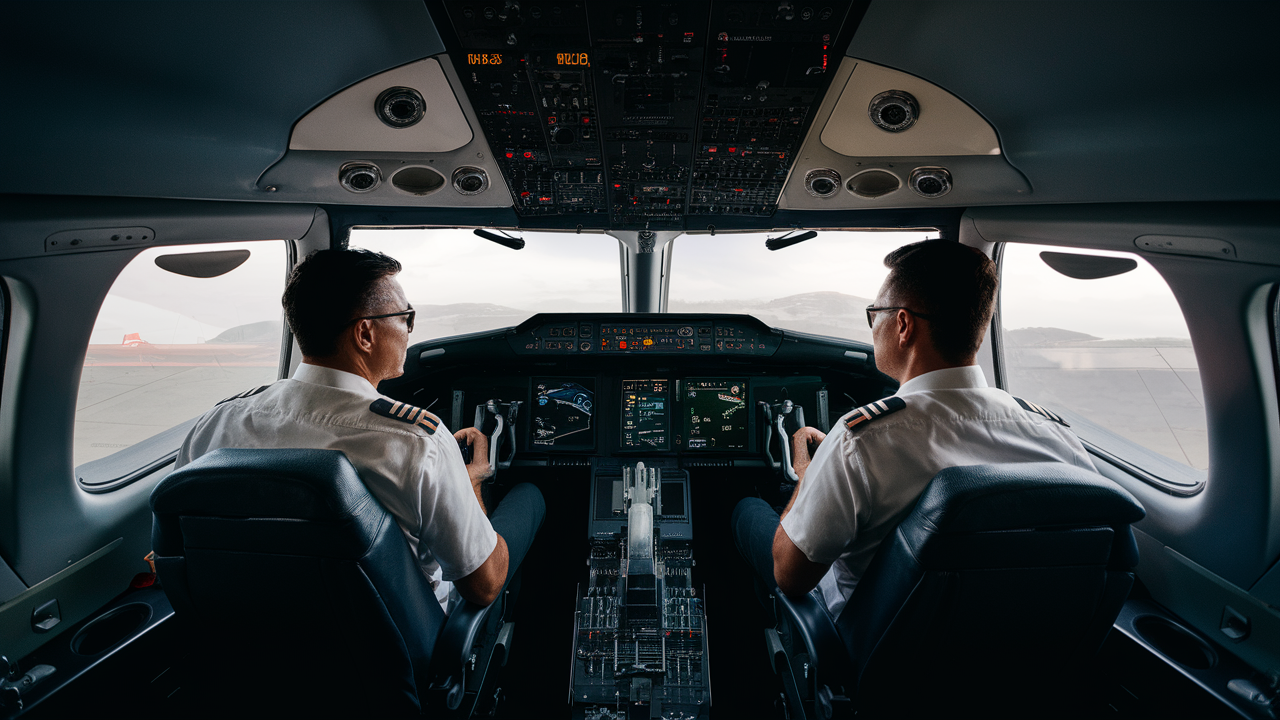Do pilots fly the same plane everyday?

It is essential to dispel the common myth that pilots fly the same aircraft daily when answering this question.
The overwhelming majority of passengers can say that they have experienced a flight on an airplane. You get on the aircraft; place the carry-on in the overhead bin, take your assigned seat, and for the trip. While pondering over this question, the next question that arises in our mind is – do pilots have a routine as well – the same mundane routine every day? To what extent do pilots work on the same flight every day, or is there more flexibility in pilots’ daily working schedules?
The answer cannot be that it is always yes or no as there are circumstances that may make a pilot fly the same plane every day or change planes and routes.
Let's explore some of the key considerations:
Pilot seniority and the size of the airline fleet are two more factors that influence airline costs.
Frequently, junior pilots are assigned with limited authority regarding the choice of the aircraft they are to fly. In particular, older and more experienced pilots tend to be given preference when it comes to choosing preferred aircraft and flight routes. Another factor is that the availability of jobs is greater for those airlines with larger operational fleets as they provide a greater variety of model types when compared to regional airlines with limited numbers of aircraft types. Thus, early career pilots typically end up flying whichever aircraft are assigned to them under operational requirements. They can only use their seniorities when they wish to secure themselves a standard aircraft for use frequently.
The type of aircraft and the pilot ratings that are involved.
Airlines have a fleet of airplanes of varying manufacturers and designs, from regional turboprops to twin-aisle narrow-body airplanes. A pilot requires certain authorization to operate each type of plane that is reflected on his or her license. Those certified on several sorts can swap between various fleets. However, if a pilot receives a license for just one model, then he or she can only fly that specific aircraft until he or she acquires other certifications. This is especially so with young pilots who may be out in the field to gain raw operating experience.
Domestic vs International Operations
Domestic routes normally involve many short and medium-wing aircraft which are used in flying within a country or a restricted geographical zone. International long-haul flights make use of bigger planes referred to as wide-body jets. Consequently, pilots who are assigned to fly domestically meet the need with different equipment compared to those flying across oceans. Long-range flying also entails training as a result of the challenges that are encountered during the exercise. Thus, while a pilot is likely to have the same aircraft, or a similar one, operating within a single sphere of activity, few regularly commute between domestic and international flights.
Pilot March Home Stations & Crew Combinations
Every airline possesses crew bases located throughout the system. Pilots are assigned to a certain base when they get employed and remain there for a certain period. Based on their operational stations, pilots are given working schedules or pairings of flight sequences connected by segments, that could range from 2 days to a week or more. To understand what is meant by pairing in the context of rostering, it is important to note that when an airline assigns a pilot to fly in a specific airplane type, it will attempt to then keep that pilot flying in the same or a similar airplane type during the same pairing. Thus, for a pairing, the plane model does not wobble but, of course, there are switches between pairings.
Maintenance & Equipment Swaps
As much as possible, the scheduling of airlines appears to be quite fixed and balanced but aircraft swaps are sometimes necessary. Maintenance repairs are something that is done due to mechanical problems that require service and planes are grounded for a time. The network needs then must turn to substitute aircraft. Upgrades do occur at times as well – a booked 737 can suddenly be replaced by a bigger 757, for example. In such scenarios, pilots are required to change their equipment as soon as possible if so required.
In conclusion, the regularity that pilots use the same aircraft depends on ranking, certifications, airline company mixes, requisite operational networks, and maintenance emergencies. Young pilots are likely to use several aircraft types depending on the type assigned to him or her for the day. The idea of senior aviators being able to lock into a regular plane would be an option. However, the frequency of change is inevitable even for the highest captains manage to experience some forced aircraft switches from time to time. It is not immutably rigid in this sense, but the preferred direction is stability. Cohigher levels of familiarity with standardized equipment are beneficial for both the airline and pilots of a flight crew. And travelers arrive at their terminals on time!
